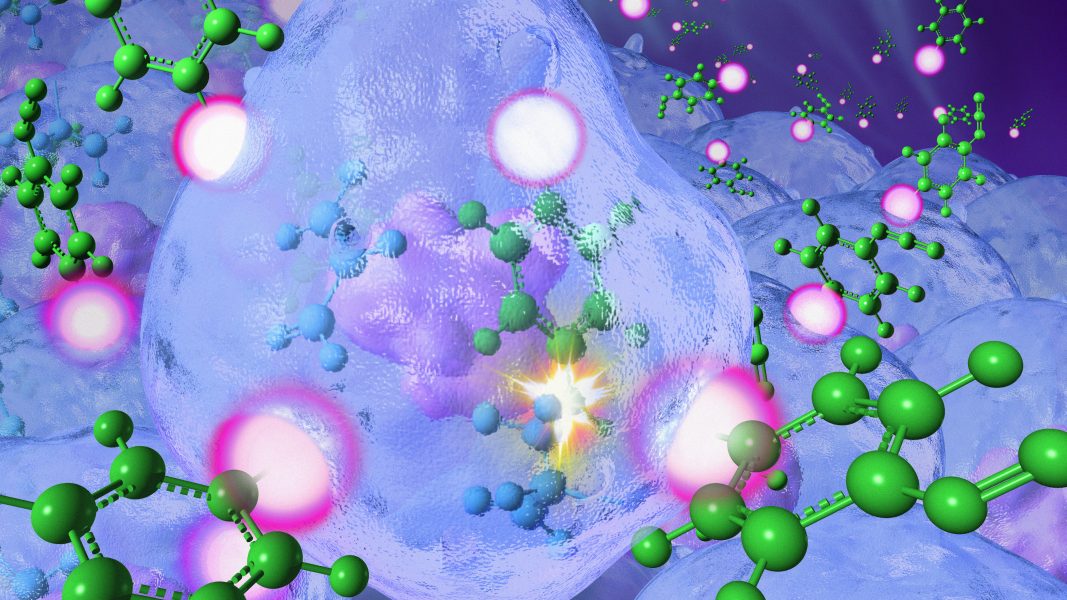Breast cancer affects women worldwide. During breast-conserving surgery (BCS), intraoperative diagnosis reduces the risk of recurrence, but a reliable method to discriminate a cancer lesion from normal breast gland tissue is needed.
In Advanced Science, Prof. Shinzaburo Noguchi from Osaka University, Prof. Katsunori Tanaka from RIKEN Cluster for Pioneering Research and Kazan Federal University, and their co-workers design a “click-to-sense” probe that can quickly and accurately diagnose cancer morphology during BCS.
Conventional intraoperative diagnosis is a time-consuming process, involving taking a frozen section of a breast cancer stump and analyzing the sample by hematoxylin and eosin (H&E) staining, and microscopy.
With the click-to-sense probe—a fluorescence-labelled azide—acrolein universally produced by cancer cells under oxidative stress can be detected in five minutes at room temperature. All cancer types could be imaged and discriminated for the first time through the multiple cascade reactions in the living tissue of human patients.
A comparison of morphological analysis between the click-to-sense probe and the H&E staining method showed excellent agreement. This probe will soon start clinical trials, with the hope of reforming conventional intraoperative diagnosis.
To find out more about this click-to-sense probe for BCS, please visit the Advanced Science homepage.

















